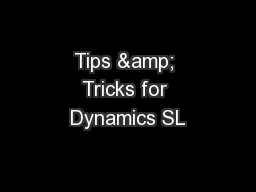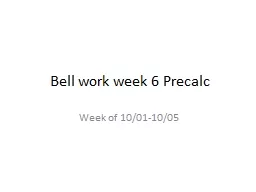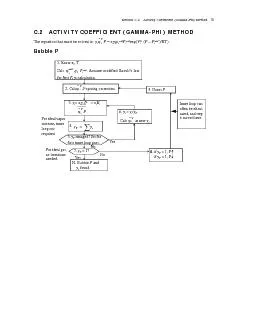PPT-Calc AB Vocabulary Tips & Tricks
Author : billiontins | Published Date : 2020-08-29
T he line yL is a horizontal asymptote of the graph of f if lim fxL or limfxL Horizontal Asymptotes Xgt 8 Xgt 8 Finding a horizontal asymptote when looking at exponential
Presentation Embed Code
Download Presentation
Download Presentation The PPT/PDF document "Calc AB Vocabulary Tips & Tricks" is the property of its rightful owner. Permission is granted to download and print the materials on this website for personal, non-commercial use only, and to display it on your personal computer provided you do not modify the materials and that you retain all copyright notices contained in the materials. By downloading content from our website, you accept the terms of this agreement.
Calc AB Vocabulary Tips & Tricks: Transcript
Download Rules Of Document
"Calc AB Vocabulary Tips & Tricks"The content belongs to its owner. You may download and print it for personal use, without modification, and keep all copyright notices. By downloading, you agree to these terms.
Related Documents














